The Weekly Reader: Tu BiSh'vat, the new year of the trees
Happy New Year! Again! That’s right—tomorrow, February 6, is the fifteenth of the month of Sh’vat, otherwise known as Tu BiSh’vat, the new year of the trees. Back in olden times—and technically still today—the holiday was a way to date the age of trees in order to determine when their fruits were permissible to eat. (It’s a whole thing.) These days it’s mostly a holiday celebrating not just trees but environmentalism generally—the Jewish Arbor Day, if you will. And while most Yiddish literature was written before Tu BiSh’vat attained its modern incarnation, themes of the environment and the natural world were certainly of concern to Yiddish writers. So if you’re looking for readings for your Tu BiSh’vat Seder, look no further—we’ve got you covered.
—Ezra Glinter
On the Road
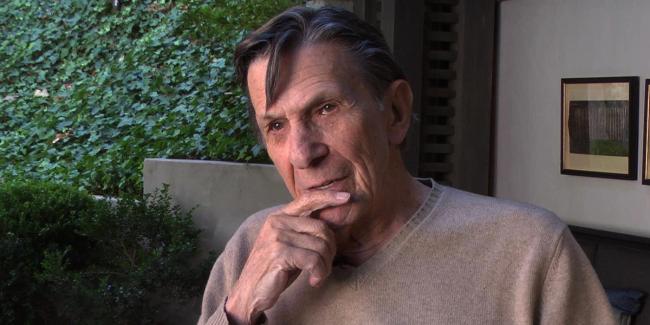
The most famous Yiddish poem about a tree is probably Itzik Manger’s “Afn veg shteyt a boym” (“By the Road Stands a Tree”). It’s really about the relationship between a mother and a son, but also, it’s about a tree. You’ve probably heard it even if you haven’t read it, because it’s been turned into an even more famous Yiddish song. The question is: Have you heard it recited by Leonard Nimoy? Thanks to this interview by the Center’s Wexler Oral History Project, you can! Here Nimoy recites portions of the poem and reflects on his own experience, with a recitation by Manger himself interspersed throughout.
Listen to Leonard Nimoy recite “Afn veg shteyt a boym”
Read an essay by Manger about returning to Warsaw after the Holocaust
Natural Yiddish
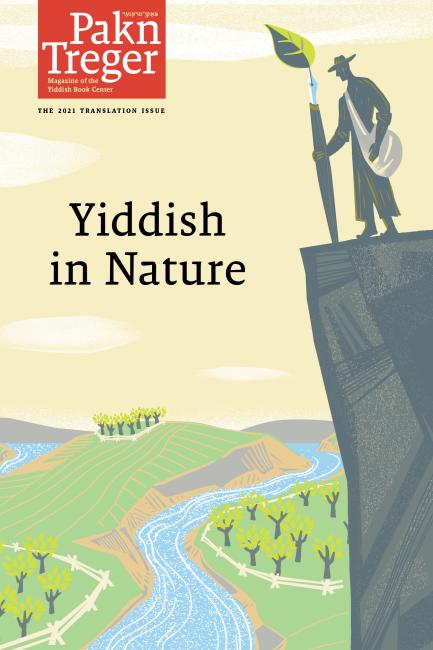
Flamingos on the wing, mountains in Crimea, and forest spirits may not be the first things that come to mind when you think of Yiddish literature, but scenes of nature do in fact abound in Yiddish story, poem, and essay as long as we think to look for them. In this public program the Center’s academic director and translation editor Mindl Cohen discusses the themes and topics that drew Yiddish writers to the natural world.
Listen to a virtual public program with Mindl Cohen
Read our 2021 Pakn Treger Digital Translation Issue, Yiddish in Nature.
Every Living Thing
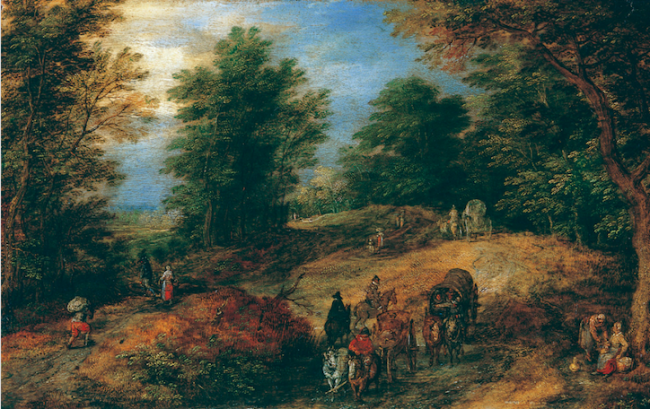
It’s long been an anti-Semitic stereotype that Jews are alienated from nature; that while we might be involved in commerce or scholarship, we don’t have the farmer or peasant’s connection with the soil and its fruits. In the introduction to his collected works S. Y. Abramovitsh—better known by his pseudonym, Mendele Moykher-Sforim—plays on this stereotype by making a confession: “I’ve had a weakness since childhood—I wouldn’t wish it on any Jew—which in their language is called ‘love of nature.’ That is, a love for everything that grows, that sprouts, that lives, that exists in the world.”
From the Field
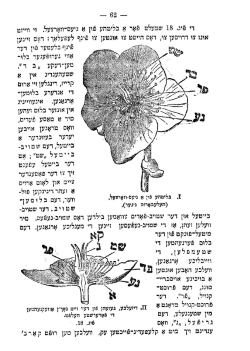
Aaron David Bernstein was a man of many talents. A German Jew born in 1812, he was a short story writer, translator of Song of Songs, political essayist, supporter of Reform Judaism, participant in the Revolution of 1848, and the author of the multivolume From the Field of Natural Science. The work was translated into just about every European language, including, of course, Yiddish. It’s a bit outdated now, but you can still read it in the Steven Spielberg Digital Yiddish Library.
Read Aaron David Bernstein’s From the Field of Natural Science
Sing Out!
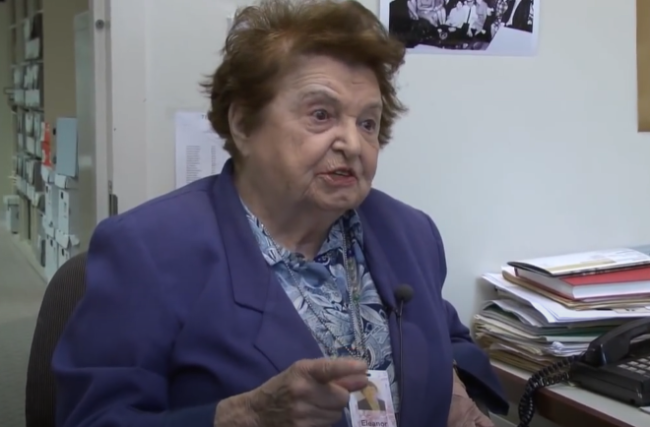
Do you know any Tu BiSh’vat songs? I recall learning a few back in day school, though for the life of me I can’t remember what they were. Nonetheless, here’s an opportunity to learn a new one. In this oral history interview, Chana Mlotek, the late YIVO music archivist, sings an original Tu BiSh’vat song she wrote for the holiday and published together with Malke Gottlieb in her Yontefdike Teg: Song Book for the Jewish Holidays.
In Dreams
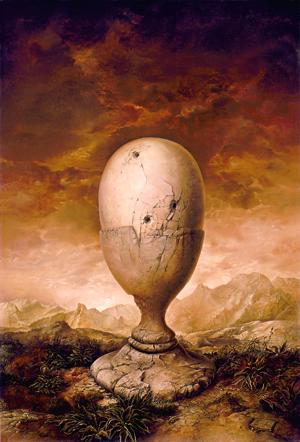
Trees don’t show up just in Jewish literature—they also show up in Jewish art. This is particularly true in the work of Samuel Bak, a native of Vilna and a Holocaust survivor whose dreamlike, elegiac paintings often feature growing things. In his work, writes Elizabeth Pols, “There are trees bearing books instead of fruit. And there are herds of airborne and rootless trees, as though a horrified nature had uprooted the complicit Ponary forest.”
